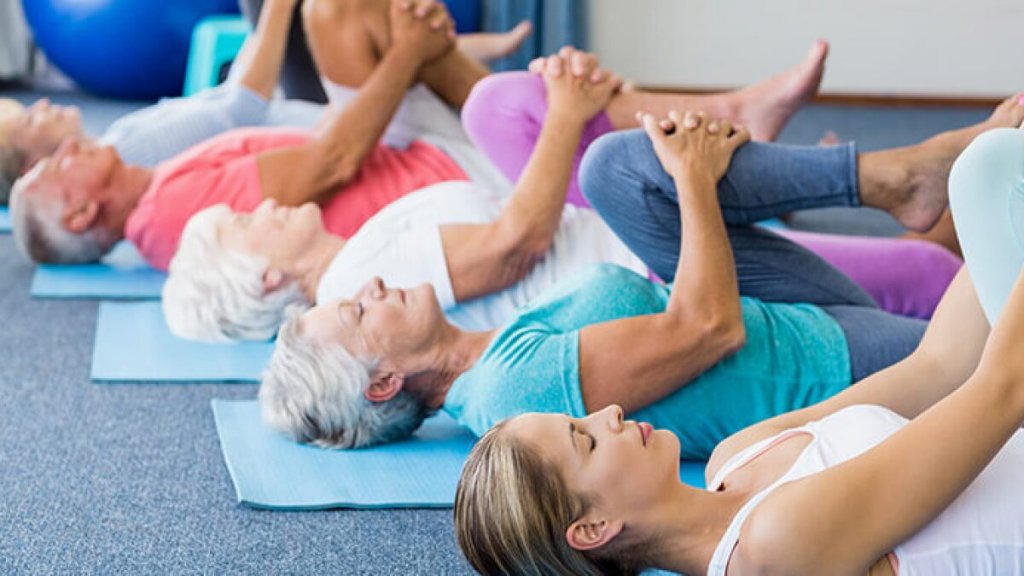
Yoga is a practice that offers a range of physical and mental health benefits. While yoga is generally considered safe for people of all ages, elderly individuals may need to modify certain poses to avoid injury. That said, yoga can be an excellent way for seniors to improve flexibility, strength, balance, and overall well-being. In this blog post, we’ll explore some of the best yoga poses for elderly individuals.
Mountain Pose (Tadasana)
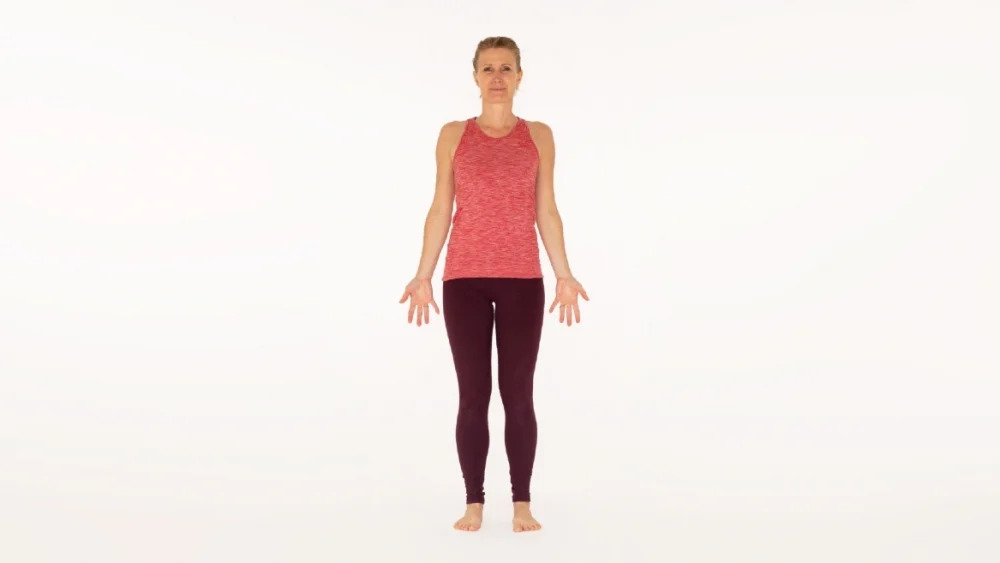
Mountain pose is a simple standing pose that can help seniors improve their posture, balance, and focus. To practice this pose, stand with your feet hip-width apart and your arms at your sides. Press down through your feet and engage your leg muscles, then lengthen your spine and lift the crown of your head toward the ceiling. Take a few deep breaths in this position, then release.
Tree Pose (Vrksasana)

Tree pose is another standing pose that can help seniors improve their balance and focus. To practice this pose, start in mountain pose and then shift your weight onto your left foot. Place the sole of your right foot on your left thigh, pressing your foot gently into your thigh for stability. Bring your hands to your heart center, and hold the pose for a few deep breaths. Repeat on the other side.
Downward-Facing Dog (Adho Mukha Svanasana)
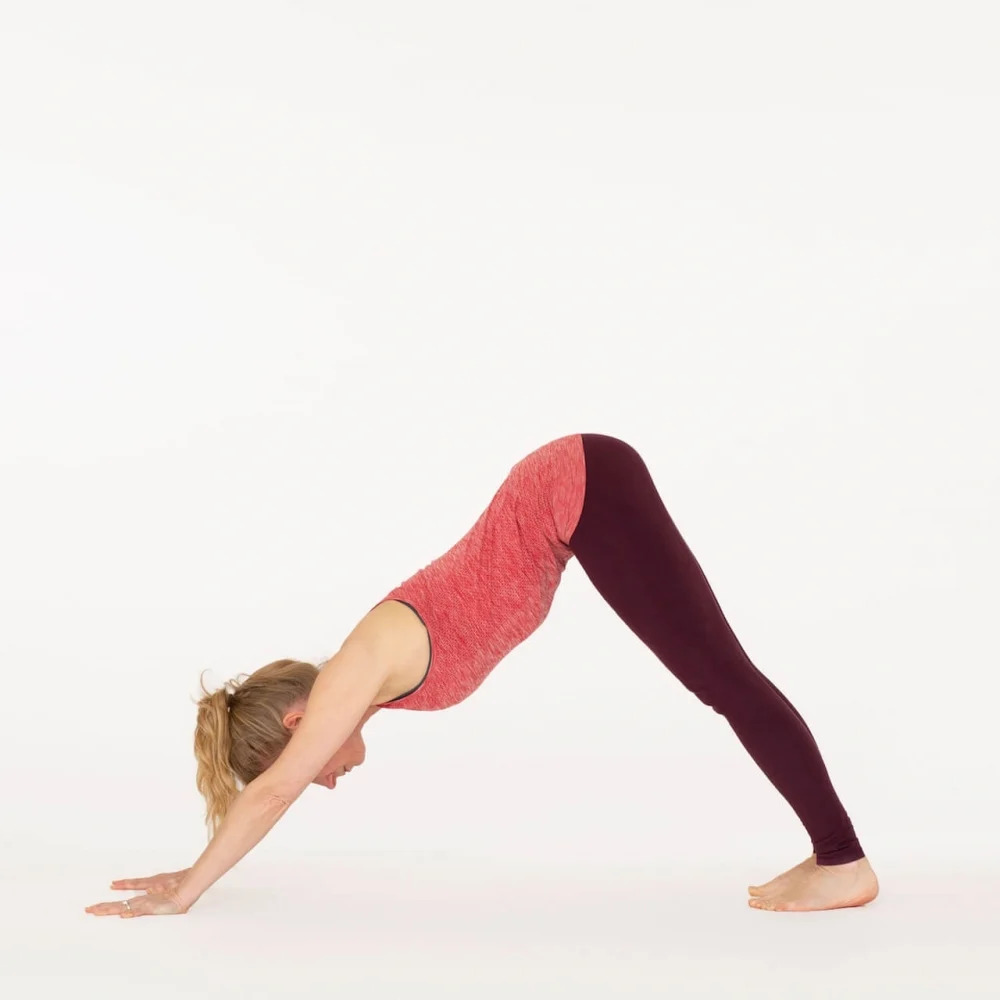
Downward-facing dog is a classic yoga pose that can help seniors improve their flexibility and strengthen their arms and shoulders. To practice this pose, start on your hands and knees with your hands shoulder-width apart and your knees hip-width apart. Press down through your hands and lift your hips toward the ceiling, straightening your arms and legs as much as you can. Hold the pose for a few deep breaths, then release.
Triangle Pose (Trikonasana)
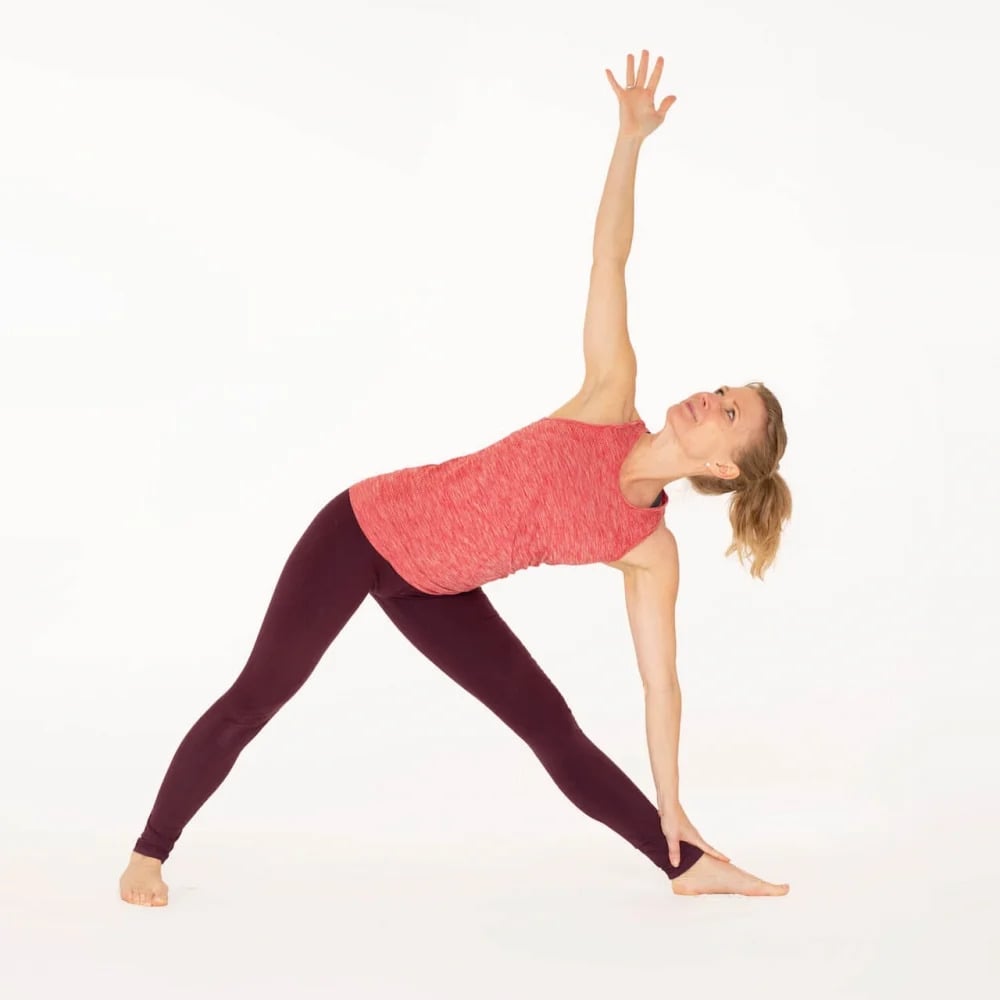
Triangle pose is a great pose for seniors who want to improve their balance, flexibility, and core strength. To practice this pose, start in mountain pose and then step your feet about 3-4 feet apart. Turn your left foot slightly to the left and your right foot to the right, so that your feet are parallel to each other. Extend your arms out to the sides and then bend to the left, reaching your left hand toward your left ankle and your right arm toward the ceiling. Hold the pose for a few deep breaths, then repeat on the other side.
Cobra Pose (Bhujangasana)
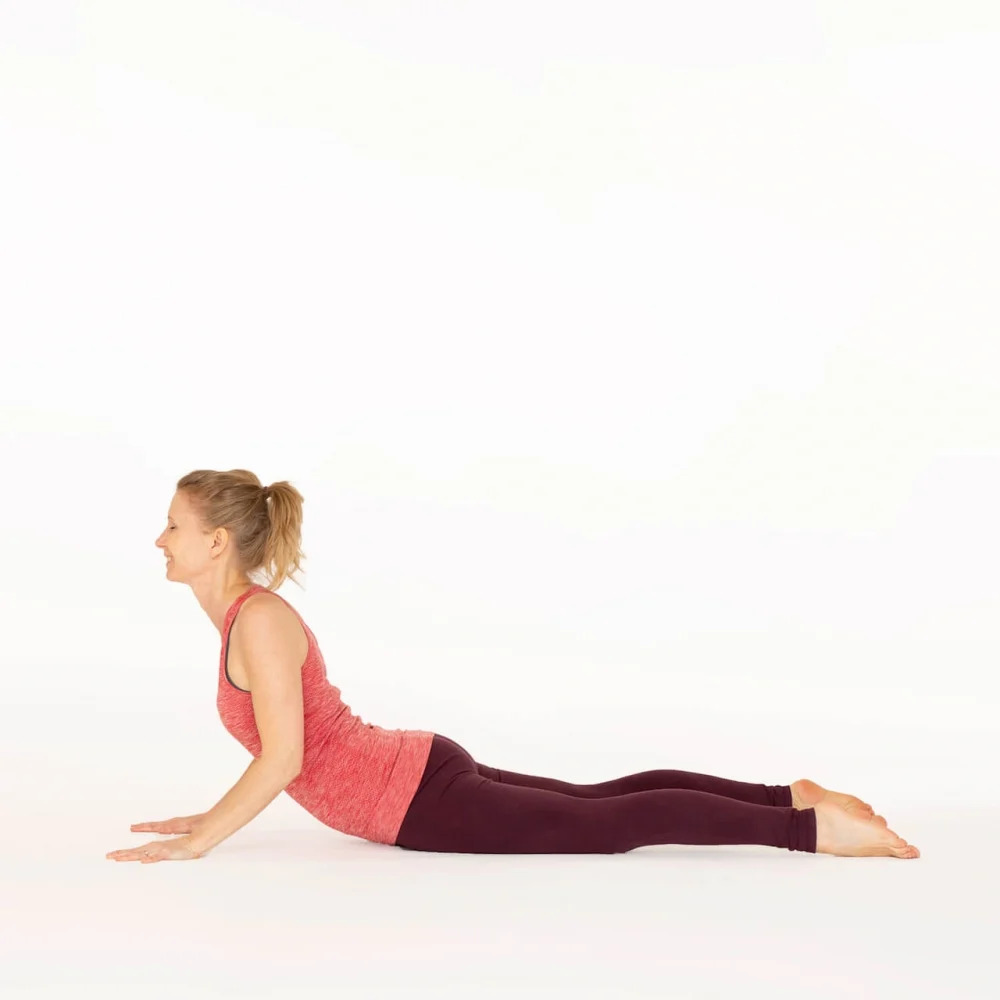
Cobra pose is a gentle backbend that can help seniors improve their spinal flexibility and strengthen their back muscles. To practice this pose, lie face down on your mat with your hands under your shoulders and your elbows close to your body. Press down through your hands and lift your chest off the ground, using your back muscles to lift your upper body as high as you can. Hold the pose for a few deep breaths, then release.
Child's Pose (Balasana)
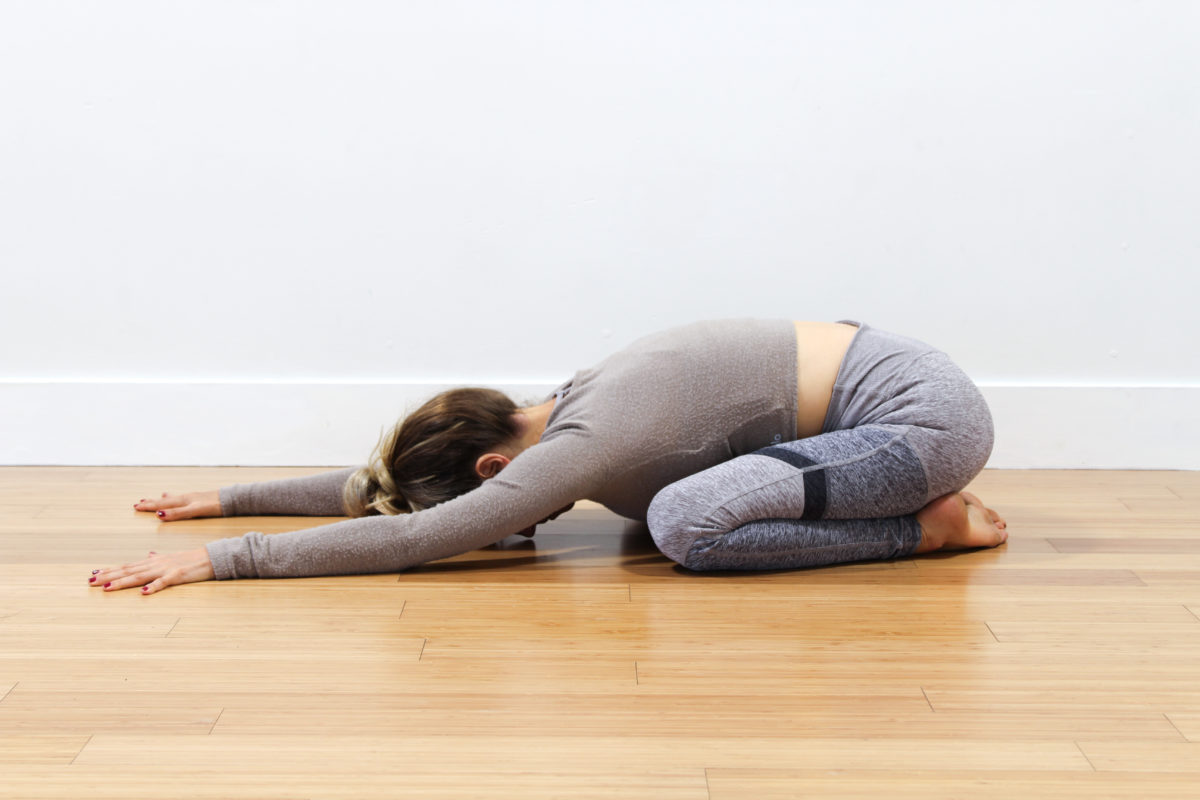
Child’s pose is a gentle resting pose that can help seniors reduce stress and tension in their bodies. To practice this pose, start on your hands and knees and then lower your hips back toward your heels, stretching your arms out in front of you. Rest your forehead on the mat and take a few deep breaths in this position, allowing your body to relax and release tension.
Corpse Pose (Savasana)

Corpse pose is a final resting pose that can help seniors reduce stress and promote relaxation. To practice this pose, lie on your back with your arms at your sides and your legs slightly apart. Close your eyes and take a few deep breaths, allowing your body to relax completely. Hold the pose for a few minutes, then slowly come back to a seated position.
In conclusion, practicing yoga can be a great way for elderly individuals to improve their physical and mental health. However, it’s important for seniors to practice yoga safely and with modifications if necessary. Seniors should always consult with a healthcare provider before beginning a new exercise program, including yoga. Additionally, seniors should listen to their bodies and avoid any poses that cause pain or discomfort.
When practicing yoga, seniors should also remember to take breaks as needed and to use props such as blocks or straps to modify poses. Overall, yoga can be a wonderful way for elderly individuals to improve their flexibility, balance, strength, and overall well-being. With the right modifications and guidance, yoga can be a safe and effective form of exercise for seniors of all ages and abilities.
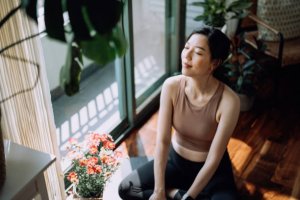
Gut Health for Yoginis: Enhancing Your Practice with Fiber and Ancestral Nutritions Fibre Clenz
Share on facebook Facebook Share on twitter Twitter Share on linkedin LinkedIn Share on facebook Facebook Share on pinterest Pinterest Share on telegram Telegram Share
A Pillar of Strength in Golden Years: 10 Paths on How Regular Screenings Uphold Your Health
In the evocative voyage of life, the golden years emerge as a time to relish the fruits of decades of labor, to bask in the
Unlock the Secret to Sweet Dreams: 10 Ways of Enhancing Sleep Quality as You Age
Share on facebook Facebook Share on twitter Twitter Share on linkedin LinkedIn Share on pinterest Pinterest Share on telegram Telegram Share on whatsapp WhatsApp Share
Building Bridges, Not Walls: 10 Methods of Mastering the Art of Cultivating Social Connections in the Golden Years
Share on facebook Facebook Share on twitter Twitter Share on linkedin LinkedIn Share on telegram Telegram Share on whatsapp WhatsApp Share on email Email Share
Navigating the Golden Years: 10 Ways to Achieve Emotional Wellness and Conquering Loneliness
Share on facebook Facebook Share on twitter Twitter Share on linkedin LinkedIn Share on pinterest Pinterest Share on telegram Telegram Share on whatsapp WhatsApp Share
Stay Brainy in Your Golden Years: 10 Fun Activities to Keep Your Mind Sharp and Engaged!
Hello, brain buffs! Aging might be inevitable, but letting our minds turn to mush? No way, José! Time to boot up those brain cells and